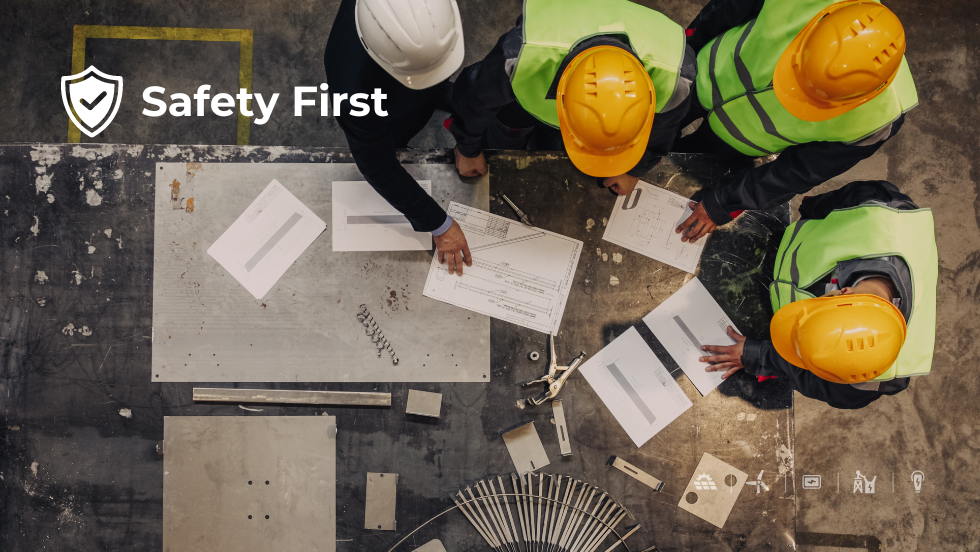BEI Construction is experiencing increased demand for lithium-ion Battery Energy Storage System (BESS) installation services throughout California. Recent research ranks this as the top US state for BESS adoption. This is certainly not surprising, given BESS’ power density, high performance, and cost efficiency—all major boons to the state’s renewable energy resources.
However, with the increase in BESS deployment comes heightened safety concerns, due to the risk of failures in the field that can result in fires and explosions. Lithium-ion batteries contain flammable electrolytes that can be hazardous when the battery cell becomes compromised and enters thermal runaway. When this occurs, there’s an increased chance of short-circuiting, which can result in overcharging, overheating, and the possible release of potentially toxic battery gas. Once a BESS exceeds 600 kWh in energy capacity, a Hazard Mitigation Analysis (HMA) can help identify additional mitigation measures required to address the risks.
Evolving BESS safety regulations
Recently, updates have addressed these potential hazards in BESS installation codes and standards. The 2018 editions of the International Fire Code, International Residential Code, and the NFPA 1 Fire Code first introduced requirements aimed specifically at modern ESS applications, with a focus on lithium-ion battery installations. Requirements were further refined in the 2021 editions of those model codes, and in the 2020 edition of NFPA 855, the Standard for the Installation of Stationary Energy Storage Systems.
All these codes and standards require electrochemical ESSs to comply with UL 9540 and UL 9540A, the Standard for Safety of Energy Storage Systems and Equipment, which was first introduced in November 2016.
California implements additional safeguards
In response to the increase in BESS installations in California and the ever-present risk of wildfires, the state government recently enacted new legislation, Senate Bill 38 (SB38), that requires battery storage facilities to implement additional safety measures and emergency response protocols to ensure the safety of workers and surrounding communities. These measures are above and beyond the existing requirements and standards established by the regulatory California Public Utilities Commission (CPUC).
Maintaining a safety-oriented corporate culture
“With BESS engineering and construction a major growth area for us, we have made safety a top priority at every phase of a project,” explains Dominic DiMare, Principal, BEI Construction. “This commitment to safety extends from management to the field, as demonstrated by our excellent 1.4 OSHA Total Incident Rate (1.0 is considered the industry average).
“We conduct extensive in-house training as part of the new employee onboarding process, based on OSHA and Cal OSHA standards and our documented best practices. We also follow NFPA 70E, the industry standard developed by and for electricians, and have Gold Shovel certification. The company conducts safety training in all three divisions: electrical, low voltage, and underground boring.”
Job site assessment forecasting is done early on, with site-specific safety tasks delineated, and site-specific safety binders, including health and safety plans, kept throughout a job. Additionally, the company conducts on-site safety surveys every two weeks to assess factors such as the overall condition of the site, PPE, stormwater levels, fencing, and cleanliness.
To strengthen our safety culture, BEI also rewards employees for outstanding safety performance in the field. And, with national and state regulations continuing to evolve, the firm keeps close tabs on the latest mandates to ensure we remain in strict compliance.
“Safety is everyone’s responsibility in the company, and one we take seriously,” adds DiMare.
